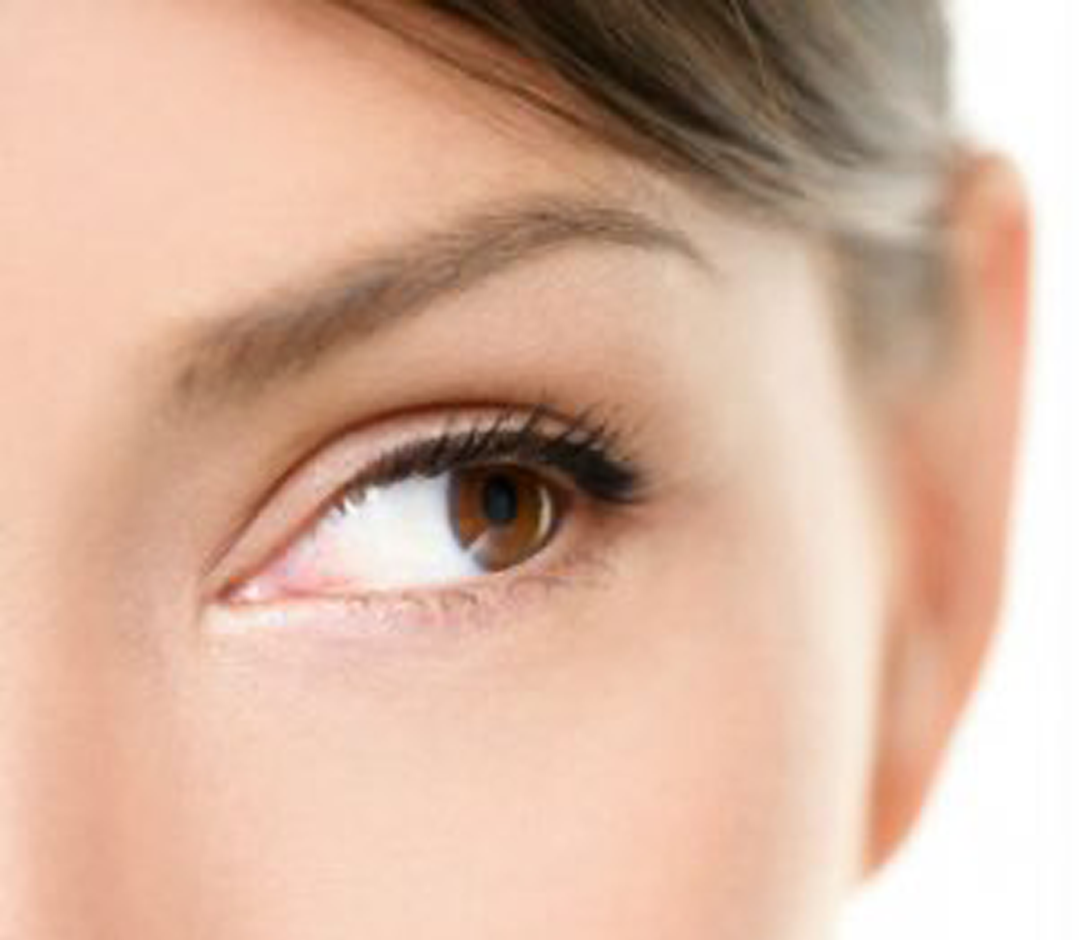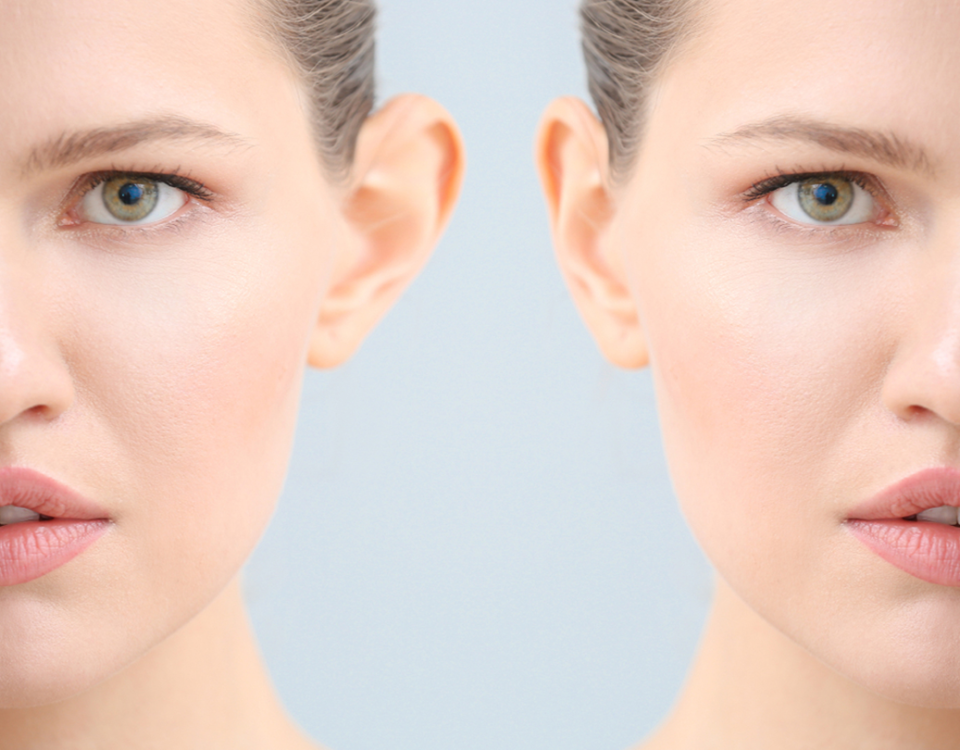
Breast Augmentation
02/18/2022
Blepharoplasty (Eyelid Lift)
08/13/2023Exfoliators– Reveal The New You

Exfoliation

Your skin naturally sheds its top layer about every thirty days. But sometimes it needs a little help. Dead cells can cause dry flaky patches and clogged pores. An exfoliating treatment can help remove those stubborn complexion culprits, while increasing collagen.
There are different types of exfoliants—physical, chemical and professional treatments. Physical exfoliants requires manual scrubbing and include cleansing scrubs, mitts, washcloths, brushes, pumice stones and loofahs. A positive is that the results are immediate, but beware of irritating your skin. Don’t use a body scrub on your face, use only one exfoliant at a time and be prepared to switch products as the seasons and your skin changes.
Chemical exfoliants include alpha hydroxy acids, beta hydroxy acids and retinoids. Alpha hydroxy acids are water-soluble acids that peel away the surface of your skin to reveal new, fresh skin. Alpha hydroxy acids help with hyperpigmentation, enlarged pores, fine lines and wrinkles, and uneven skin tone. Beta hydroxy acids are oil-soluble, so they penetrate deep into your hair follicles to dry out excess oils and dead skin to unclog pores. Beta hydroxy acids are mostly used to treat acne and sun damage. Salicylic acid is a well-known acne treatment. Retinoids are derived from vitamin A and are used to treat sun-damaged skin, minimize signs of aging and treat acne. Retinoids vary in concentration, from a light over-the-counter formula to stronger prescription strength formulas.
Professional exfoliants include professional strength scrubs, chemical peels, dermaplaning and microdermabrasion. Professional strength scrubs and chemical peels are usually stronger than what can be obtained over-the-counter. Dermaplaning is done by a professional, who uses a scalpel blade to remove dead skin and baby hairs from your face and neck. Microdermabrasion is also performed by a professional using fine crystals or a rough-tipped tool to exfoliate the skin and a vacuum to remove the dead skin cells.
Choosing the right exfoliant depends on your skin type. People with sensitive skin should begin with a beta hydroxy acid. Speak with your dermatologist first if you have a skin condition such as eczema or rosacea. Normal skin is not easily irritated and can usually handle any type of exfoliant. Those with dry, flaky or rough skin is best exfoliated with an alpha hydroxy acid, like glycolic acid. This acid will penetrate the top layer of skin and allow your moisturizer to hydrate the newly revealed layer of skin. People with oily skin usually can handle stronger chemical and physical exfoliators, such as motorized brushes, over-the-counter scrubs and DIY scrubs. Those with acne-prone skin should look for products containing retinoids, salicylic acid or glycolic acid. Those with oily skin can exfoliate daily, while other skin types should limit exfoliating to once or twice a week.
There are different types of exfoliants—physical, chemical and professional treatments. Physical exfoliants requires manual scrubbing and include cleansing scrubs, mitts, washcloths, brushes, pumice stones and loofahs. A positive is that the results are immediate, but beware of irritating your skin. Don’t use a body scrub on your face, use only one exfoliant at a time and be prepared to switch products as the seasons and your skin changes.
Chemical exfoliants include alpha hydroxy acids, beta hydroxy acids and retinoids. Alpha hydroxy acids are water-soluble acids that peel away the surface of your skin to reveal new, fresh skin. Alpha hydroxy acids help with hyperpigmentation, enlarged pores, fine lines and wrinkles, and uneven skin tone. Beta hydroxy acids are oil-soluble, so they penetrate deep into your hair follicles to dry out excess oils and dead skin to unclog pores. Beta hydroxy acids are mostly used to treat acne and sun damage. Salicylic acid is a well-known acne treatment. Retinoids are derived from vitamin A and are used to treat sun-damaged skin, minimize signs of aging and treat acne. Retinoids vary in concentration, from a light over-the-counter formula to stronger prescription strength formulas.
Professional exfoliants include professional strength scrubs, chemical peels, dermaplaning and microdermabrasion. Professional strength scrubs and chemical peels are usually stronger than what can be obtained over-the-counter. Dermaplaning is done by a professional, who uses a scalpel blade to remove dead skin and baby hairs from your face and neck. Microdermabrasion is also performed by a professional using fine crystals or a rough-tipped tool to exfoliate the skin and a vacuum to remove the dead skin cells.
Choosing the right exfoliant depends on your skin type. People with sensitive skin should begin with a beta hydroxy acid. Speak with your dermatologist first if you have a skin condition such as eczema or rosacea. Normal skin is not easily irritated and can usually handle any type of exfoliant. Those with dry, flaky or rough skin is best exfoliated with an alpha hydroxy acid, like glycolic acid. This acid will penetrate the top layer of skin and allow your moisturizer to hydrate the newly revealed layer of skin. People with oily skin usually can handle stronger chemical and physical exfoliators, such as motorized brushes, over-the-counter scrubs and DIY scrubs. Those with acne-prone skin should look for products containing retinoids, salicylic acid or glycolic acid. Those with oily skin can exfoliate daily, while other skin types should limit exfoliating to once or twice a week.

